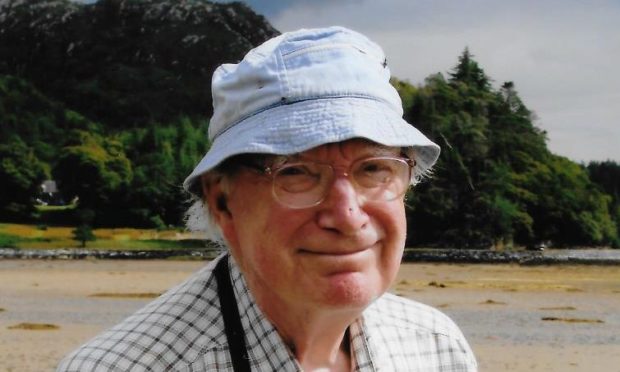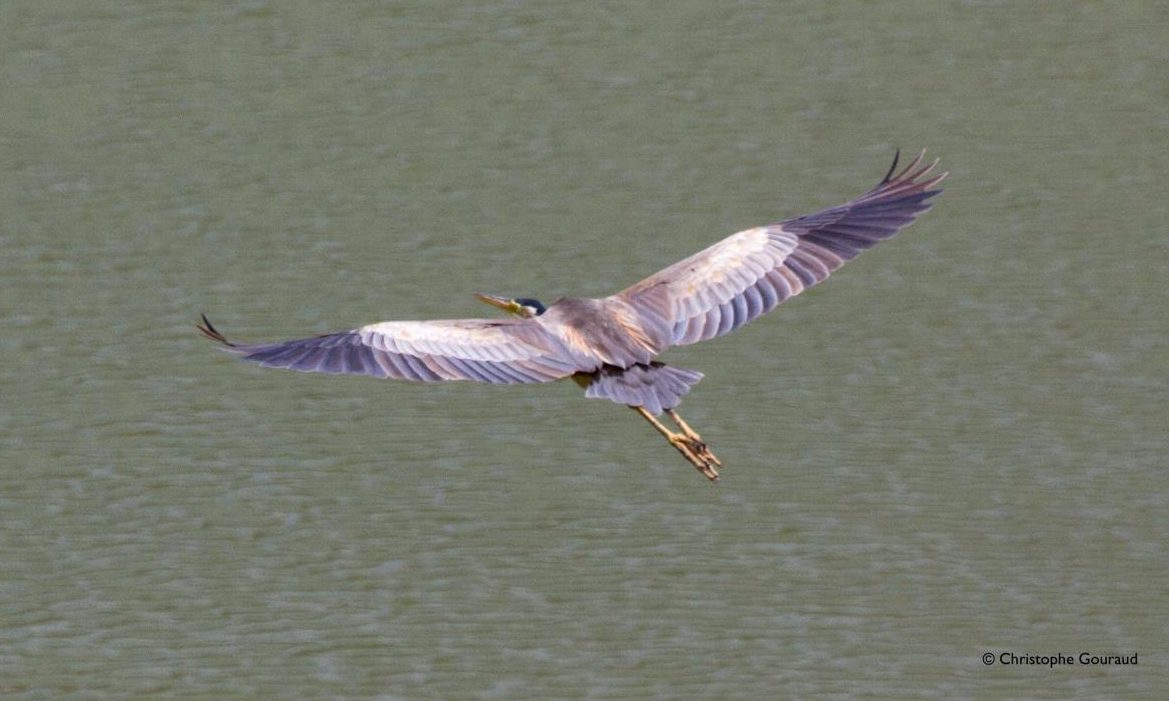William Bourne, a world-renowned expert on seabirds and a medical practitioner, has died in Keith aged 91.
Dr Bourne had the distinction of having a rare heron he discovered in the Cape Verde archipelago in 1951 named after him.
He served as a ship’s doctor with the Royal Fleet Auxiliary and led opposition to land near the Loch of Strathbeg bird reserve being developed as a gas terminal.
Dr Bourne also investigated the consequences of the 1967 Torrey Canyon oil spill off Cornwall, which devastated bird life.
For much of the 1970s, Dr Bourne was a research fellow at Aberdeen University where he investigated the distribution of sea birds around the north of Scotland, and then the occurrence of birds at North Sea oil installations.
Dr Bourne was one of the founders of the Pacific Seabird Group, which presented him with a lifetime achievement award in 1997, while the International Seabird Group presented him with a similar award in 2014.
In 1994 he received the Stamford Raffles Award from the Zoological Society of London for his contribution to the study of seabirds.
William Richmond Postle Bourne was born in Bedford in 1930, the eldest of four children. As a child, the family moved to Exmouth, then Hove, Sussex.
War years
From 1940, William spent time in Bermuda with his mother, brother and two sisters, having spent a year in Canada with his brother en route.
Much of his time in Bermuda, where he attended secondary school, was spent birdwatching, sailing and fishing.
The family returned to Hove in 1944 and, after a spell at Brighton College, where he helped start a natural history society, William studied at Christ’s College, Cambridge, between 1948 and 1954.
London training
He combined zoology and medicine and completed his medical training at St Bartholomew’s Hospital in London.
In 1951, he travelled alone to the Cape Verde islands where he discovered a species of heron distinct from the mainland species. He returned a specimen to the Natural History Museum in London where it was confirmed as distinct and subsequently named Bourne’s Heron (Ardea purpurea bournei).
Dr Bourne held pre-registration positions at Woolwich Memorial Hospital and Wanstead Hospital, London, before two years’ National Service as an RAF medical officer, serving in the Middle East and undertaking ornithology work in Cyprus.
RAF Buchan
From 1958 until 1961 he was a field assistant at the Edward Grey Institute, Oxford, and investigated bird migration in north-east Scotland using radar at RAF Buchan.
In 1962, Dr Bourne married Sheila, an English teacher in Oxford and, in 1963, their daughter, Mary was born who became a sculptor.
Between 1963 and 1970 Dr Bourne was a house officer at Watford General Hospital during which time he continued to travel the world studying seabirds and was appointed secretary of the committee for seabird research at the International Ornithological Congress in Oxford in 1966. He served 12 years in that position.
Bird census
In 1961 he proposed the formation of the Seabird Group for which he was also secretary for 12 years and which in 1969 made the first census of breeding seabirds in Britain, Operation Seafarer.
Dr Bourne was a member of committees that successfully campaigned against the use of Aldabra in the Indian Ocean as a military base, and Foulness in Essex as an airport. For 25 years, he served on the British section of the International Council for Bird Preservation.
In 1970, Dr Bourne became a research fellow in the zoology department of Aberdeeen University and the family moved to Milltimber.
Oil installations
He returned to medicine in 1975 and spent three years as a house officer in geriatrics at Woodend Hospital, Aberdeen, before being contracted by Aberdeen University to study seabirds on North Sea oil installations on behalf of BP.
Between 1979 and 1983 Dr Bourne undertook many research and lecturing visits to places including Newfoundland, Iceland and Chile.
From 1983 until 1991, he was a ship’s surgeon with the Royal Fleet Auxiliary, where his tours of duty included several trips to the South Atlantic Islands and the Persian Gulf during the first Gulf War.
Dr and Mrs Bourne moved to Dufftown in 2000.
The family’s announcement can be read here.

